France
Paris
Switch to your local agency
Retour au menu
The star of the show this year was glass. Brands played with its durability and used craftsmanship to create intriguing platforms for brand stories. They also used glass as an effective tool to play with the cues of other industries. By connecting themselves to another sector, brands can leverage some consumer drivers that they may not have had previous access to. Alcohol was shown to be an industry repeatedly referenced by maple syrup, coffee and sauce brands. Borrowing from the craft alcohol territory has proven to be a quick way to communicate craft and artisanship.
The flask shape in particular made several appearances. Prohibition era references were refined with smooth textured glass. Runamok’s infused maple syrup and Jittery John’s espresso blend cold brew were best in show when it came to exploiting the flask shape. Each achieved a modern yet illicit sophistication by cueing the craft alcohol movement. Haku’s line of infused and whisky barrel shoyu and Rufus Teague Made a Sauce also demonstrated how the flask shape was well-suited to elevate ordinary condiments to new levels.
Whiskey was frequently referenced by maple syrups brands. Crown’s maple syrup’s structure would almost require a second glance so as not to confuse it with an actual whiskey brand. Similarly, the Mexican brand Donoxti used the glass structure of tequila bottles for their avocado oil. This worked on two levels for this brand, tying the brand to the bold world of tequila, while nodding to the brand’s cultural heritage.
Beer has long been a source of inspiration for coffee and Califia Farms stunned this year with their newer Gold Label Cold Brew and Nitro Cold Brew, stepping away from their traditional plastic bottles with both. The Gold Label borrowed from craft beer with a special batch metallic label while Nitro Cold Brew used a matte aluminum bottle, a structure that is currently popular with mass beer makers. While not glass, the move shows Califia’s commitment to going beyond the typical cues of indie coffee, a strong decision considering how popular nitro cold brew is becoming.
Small, glass bottles communicated a trusted small-batch feel and Dashfire Bitters capitalized on this with their full line of single flavored bitters as well as their specialty bitters. The rectangular structure, rubber droppers and newspaper packed label tells a story of craft and measured value. Their new “Vagabond Series” showcased a new circular structure which is no less successful in communicating authenticity and discovery. Vain and Arbequrina & Co. both brought the apothecary out of alcohol and into coffee flavorings and olive oil infusions, respectively. These brands each give consumers a new level of ownership and customization.
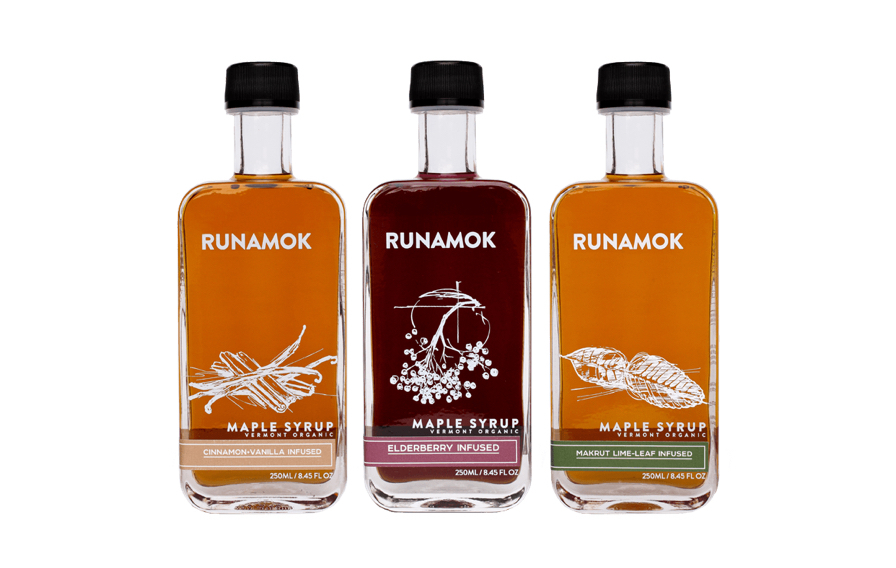
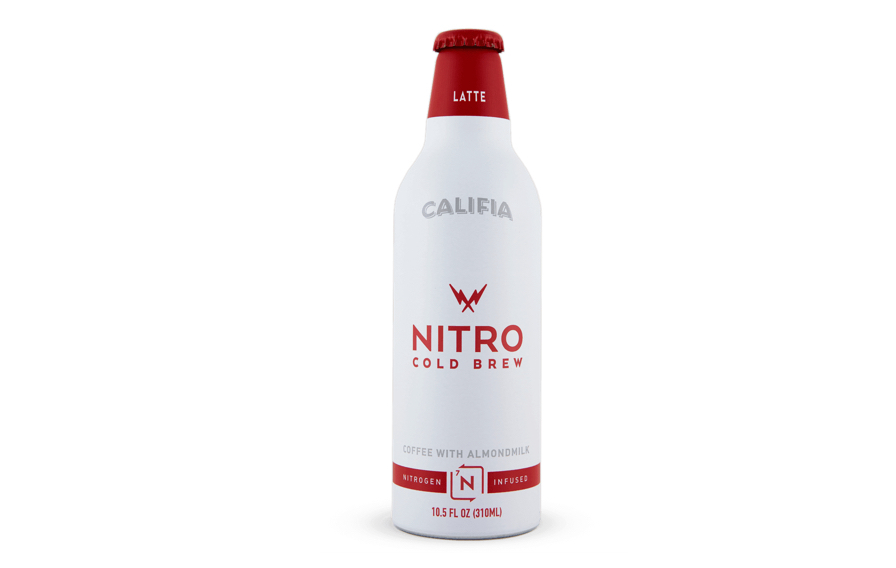
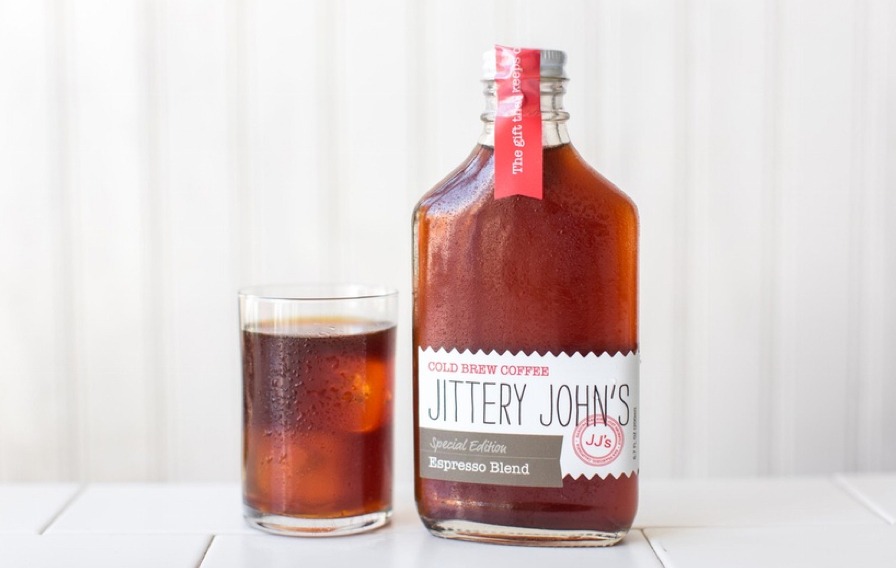
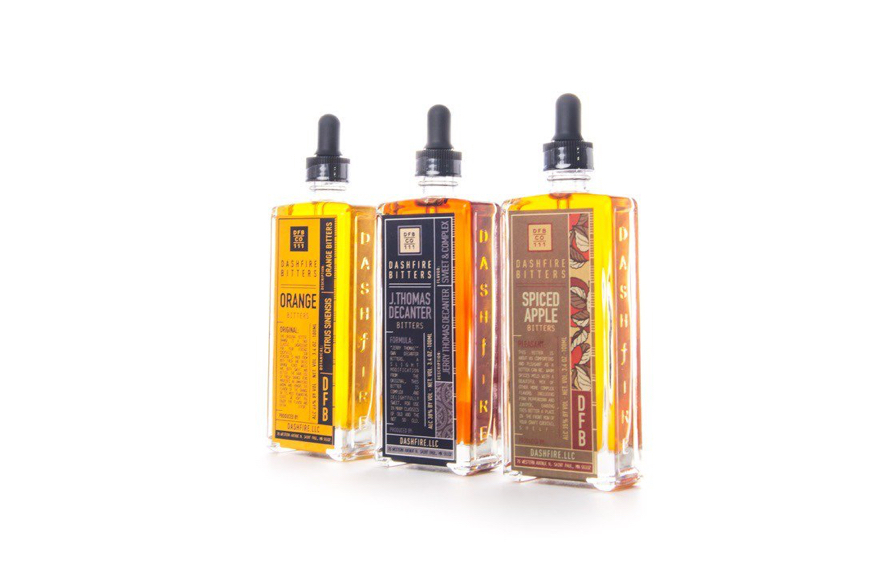
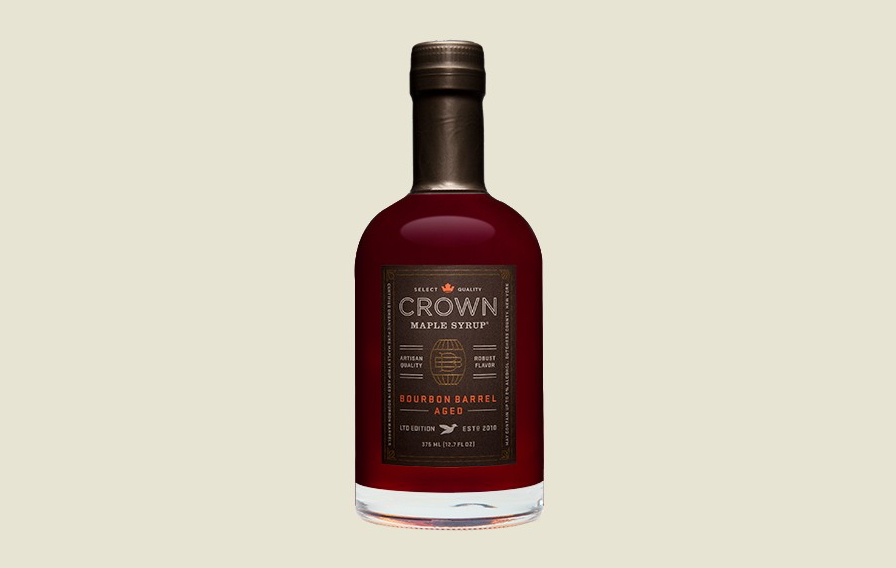
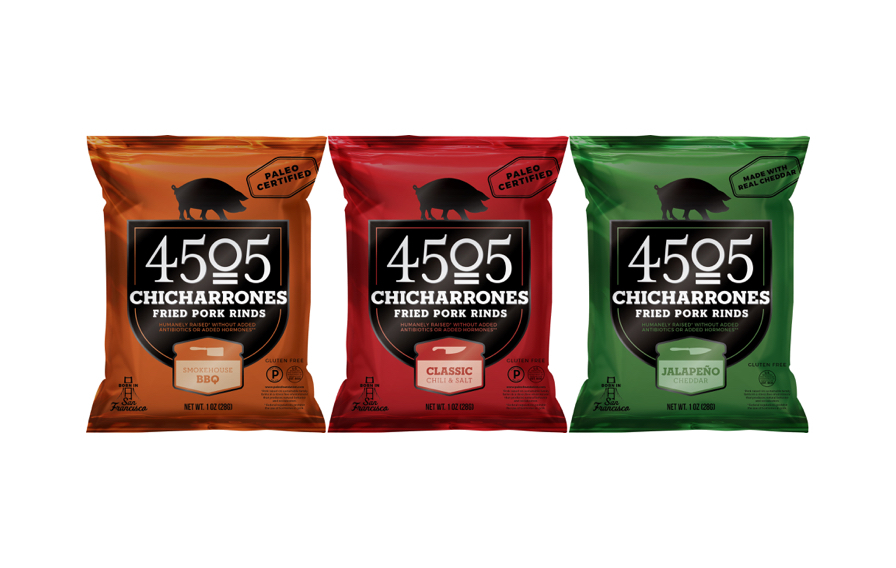
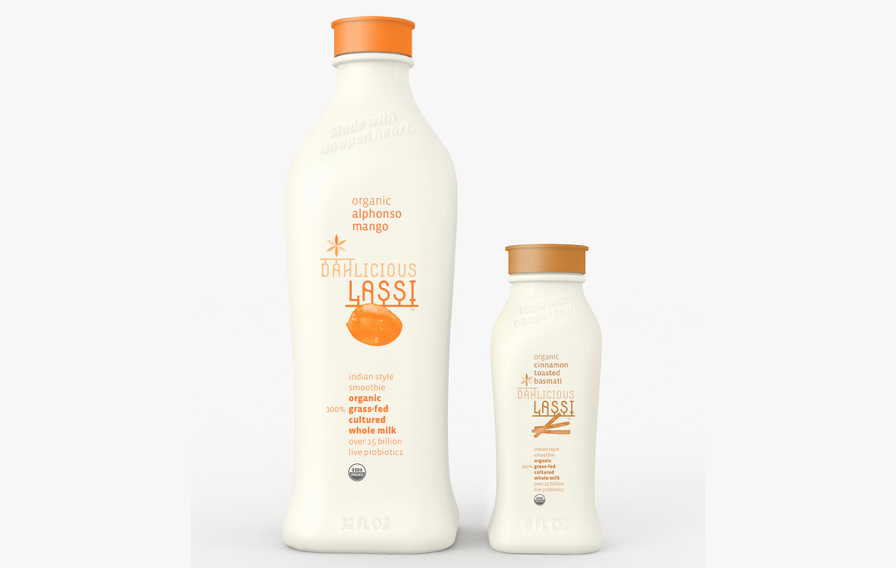
In 2014 a whopping 63% of Americans said they avoid drinking soda, and in 2015 48% of consumers said they were replacing soda with flavored water. Since, the beverage industry has seen a huge increase in flavored waters and new beverage ingredients driven by the desire to reduce sugar consumption. As we saw at the Fancy Food Show, this means brands are seeking ways to attract consumers with new beverages, or twists on old ones.
tVintage brand Original New York Seltzer joined the sparkling water trend with the launch of their new line of flavored sparkling waters cans. Many people may not know the difference between seltzer and sparkling water and ONYS is betting on that. Using their trusted, old-school persona they made a smooth transition to sparkling water.
tOwl’s Brew, known for artisanal tea cocktail mixers, debuted a new product offering. Expanding upon their original brand proposition while simultaneously opening up what tea can be, Owl’s Brew introduced Owl’s Brew Radler, a canned beer and tea double brew. This also marks their first alcoholic beverage. Similarly, JOIA, of sparkling beverage (definitely not soda) fame, introduced their new line of craft cocktails in slim cans, named JOIA Spirit.
tWild Poppy also debuted a new product and coincidentally brought the non-soda trend full circle. Wild Poppy is known for their natural juices in glass bottles, but their new product is an all-natural soda in a can. Is this the harbinger of a willing return to soda?
While soda is not completely out of the beverage race, drinking vinegars were clearly clearing new space on the shelves. Returning to the timeless human search for a cure-all beverage, tonics and drinking vinegars were out in full form including Vitox’s drinking vinegar, Shire City Herbal’s Fire Cider and even Golden Brew Tea‘s new apple cider vinegar tonic.
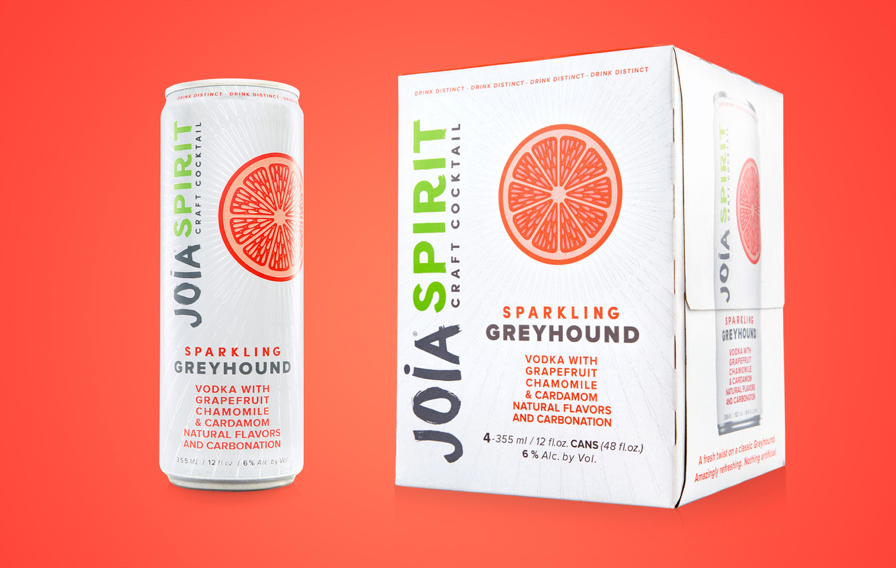
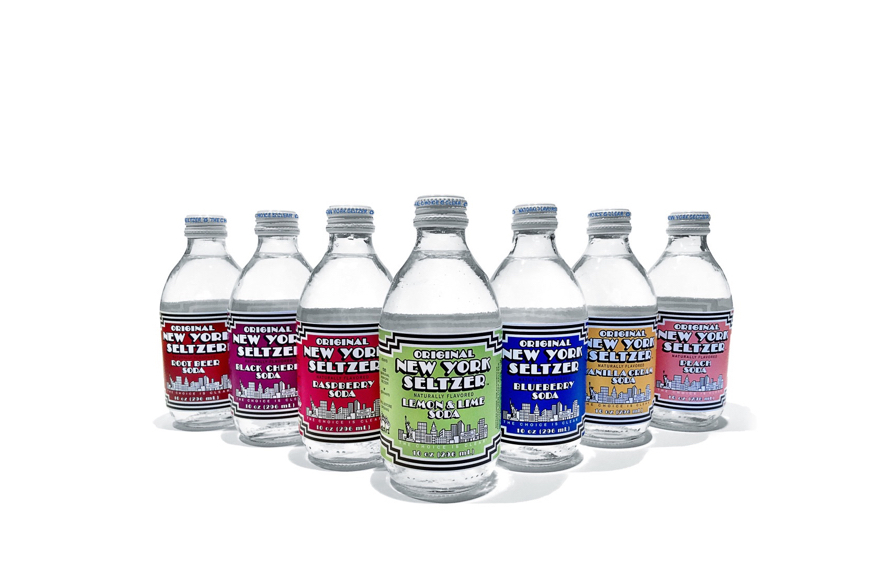
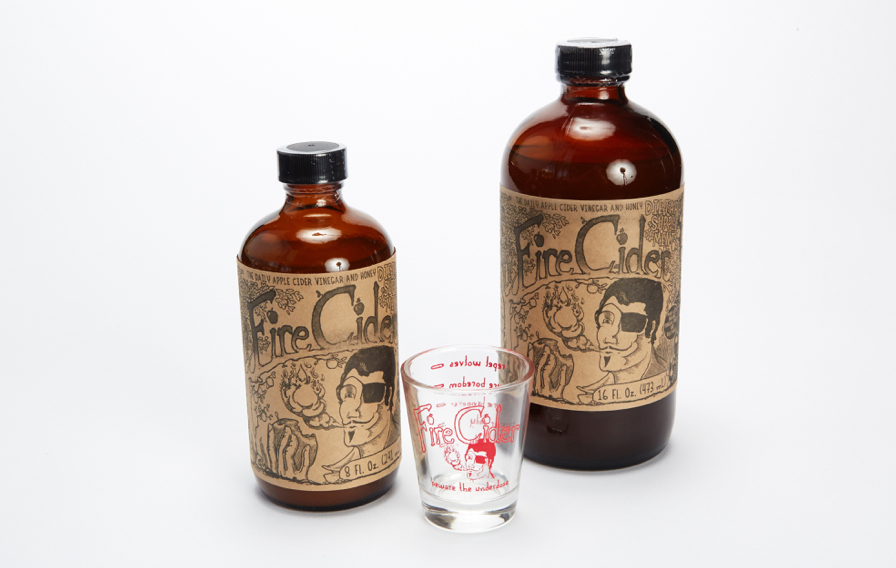
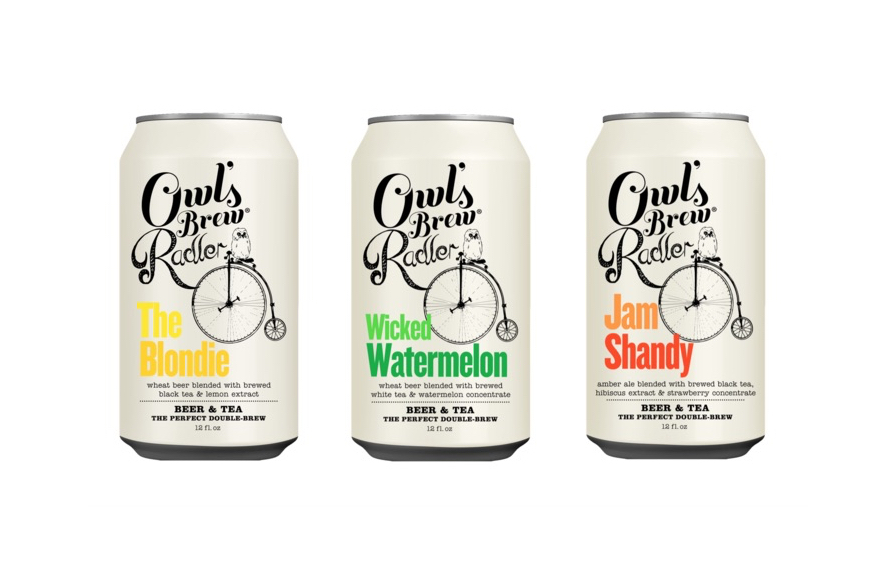
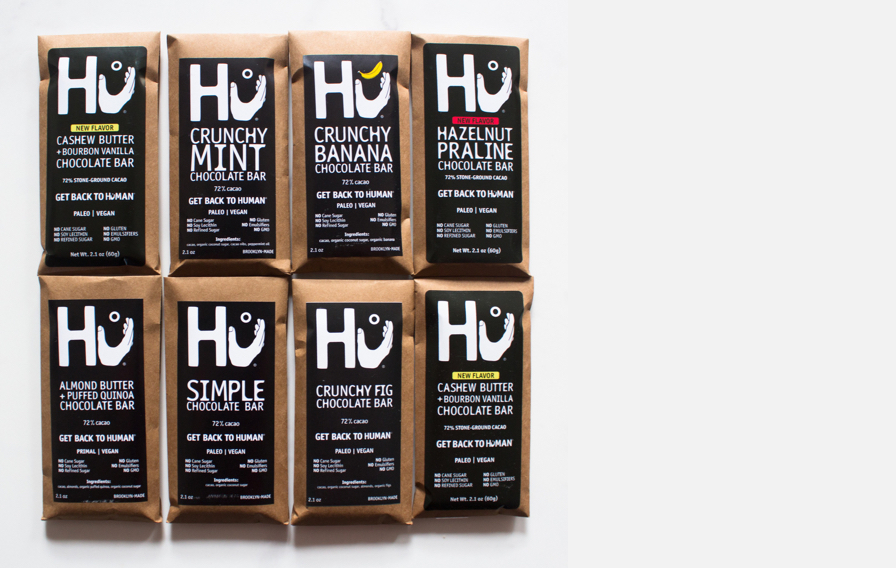
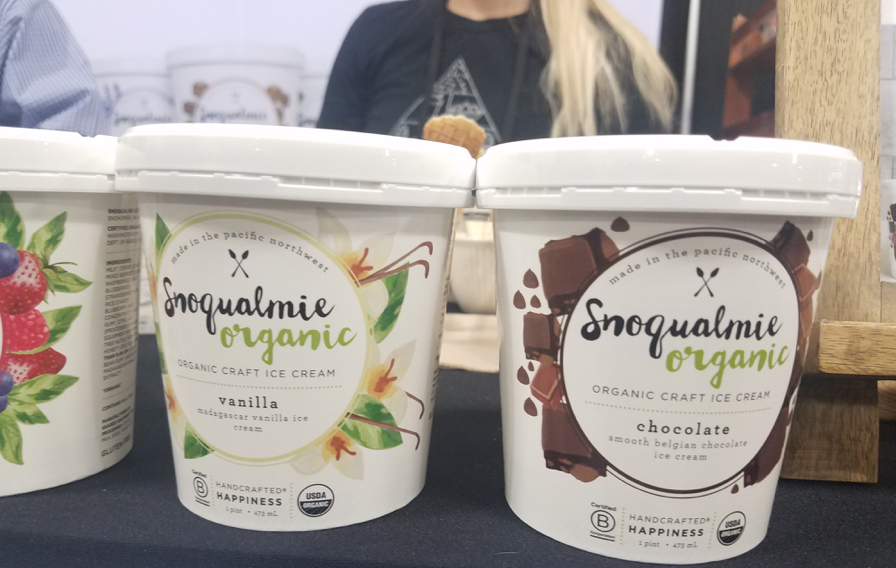
Recent data shows that the natural foods sector is a $40 billion industry, even though the FDA does not have a set definition of what “natural” means. This confusion about natural, as well as all the other many food claims, has seemingly resulted in brands placing any and all claims together wherever they can on their packaging, regardless of how it impacts the design. This was abundantly apparent at this year’s Fancy Food Show.
Some brands, however, found ways to incorporate natural claims into their design in a desirable way. 4505’s new design for their chicarrones incorporated a large thematic “paleo certified” label while minimizing the official certifications to the lower corner. Likewise, Snoqualmie used their new packaging as an opportunity to feature their certifications symmetrically placed on either side of their brand promise. This successfully gives the impression of organic and sustainable business practices being ingrained within the brand rather than an outside organization approving the product.
tThe sheer number of claims and certifications a product can make is simply astounding. And brands seemed to struggle with seeing how many labels they can fit onto their precious packaging real estate. To add to the fray, more and more brands seemed to prefer to label themselves as kosher. Only 10% of kosher consumers say they buy kosher products for religious reasons. As the process to certify a product as kosher is stringent and gives quality reassurance to consumers, it makes sense that brands are choosing to certify themselves as kosher, streamlining the amount of certification labels to just one. Hu Chocolates wrote on their packaging that they are paleo and vegan, but the only certification visible was the kosher symbol.
When it comes to product benefits, natural foods are going into double time. No longer can a product be just dairy-free or vegan. Instead, many brands showed new products that promised numerous natural health food benefits. Dahlicious, popular for their organic, probiotic lassi, revealed their new almond based version for an organic, probiotic, non-dairy offering. Harmless Harvest already had a hydrating, fair trade coconut water product, but they revealed their new probiotic, hydrating, fair trade coconut water.
The major takeaway from this year’s Winter Fancy Food Show was that the alcohol industry continues to be a treasure trove for design inspiration and product innovation. Our second insight was that natural foods are transitioning into mass markets and becoming more accessible to overwhelmed consumers, by becoming more like their predecessors (soda) or reducing claim communications (kosher). And lastly, wear expandable pants to next year’s show.
Authored by CBA Brand Strategist, Chelsea Brown
All images shown are owned by the brands and businesses listed within and are not property of CBA.
Privacy Overview
| Cookie | Duration | Description |
|---|---|---|
| aka_debug | This cookie is set by the provider Vimeo.This cookie is essential for the website to play video functionality. The cookie collects statistical information like how many times the video is displayed and what settings are used for playback. | |
| pll_language | 1 year | This cookie is set by Polylang plugin for WordPress powered websites. The cookie stores the language code of the last browsed page. |
| Cookie | Duration | Description |
|---|---|---|
| _gat | 1 minute | This cookies is installed by Google Universal Analytics to throttle the request rate to limit the colllection of data on high traffic sites. |
| YSC | session | This cookies is set by Youtube and is used to track the views of embedded videos. |
| Cookie | Duration | Description |
|---|---|---|
| _ga | 2 years | This cookie is installed by Google Analytics. The cookie is used to calculate visitor, session, campaign data and keep track of site usage for the site's analytics report. The cookies store information anonymously and assign a randomly generated number to identify unique visitors. |
| _gid | 1 day | This cookie is installed by Google Analytics. The cookie is used to store information of how visitors use a website and helps in creating an analytics report of how the website is doing. The data collected including the number visitors, the source where they have come from, and the pages visted in an anonymous form. |
| vuid | 2 years | This domain of this cookie is owned by Vimeo. This cookie is used by vimeo to collect tracking information. It sets a unique ID to embed videos to the website. |
| Cookie | Duration | Description |
|---|---|---|
| IDE | 1 year 24 days | Used by Google DoubleClick and stores information about how the user uses the website and any other advertisement before visiting the website. This is used to present users with ads that are relevant to them according to the user profile. |
| test_cookie | 15 minutes | This cookie is set by doubleclick.net. The purpose of the cookie is to determine if the user's browser supports cookies. |
| VISITOR_INFO1_LIVE | 5 months 27 days | This cookie is set by Youtube. Used to track the information of the embedded YouTube videos on a website. |
| Cookie | Duration | Description |
|---|---|---|
| CONSENT | 16 years 7 months 21 days 10 hours | No description |
| cookielawinfo-checkbox-functional | 1 year | The cookie is set by GDPR cookie consent to record the user consent for the cookies in the category "Functional". |
| cookielawinfo-checkbox-others | 1 year | No description |